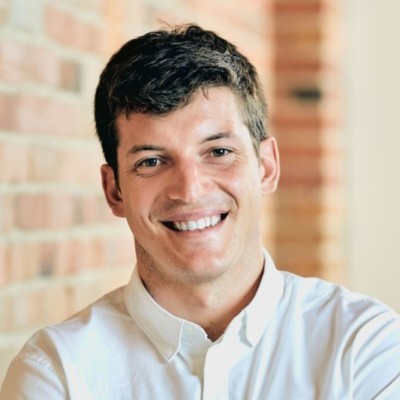- Video Library
- Charles Allan, MY01 - Timely Sensing for Compartment Syndrome | LSI USA '24
Charles Allan, MY01 - Timely Sensing for Compartment Syndrome | LSI USA '24

Charles Allan
Charles Allan is passionate about using really small things to solve big problems. Being surrounded by many successful and supportive entrepreneurs, he quickly gained an ability to create teams and transform problems into solutions.
An example of his passion at work can be found during his undergraduate years at Queens University, where he helped build a microfluidic pump for an implantable therapeutic for glaucoma. This project helped ignite his entrepreneurial spirit, and, while pursuing his Masters in Bioelectrical Engineering at McGill University, he formed a team that combined engineering and technology to develop microsolutions. Some of those initial microsystems are the foundational components used by the three companies that Charles founded: MY01, Inc., Stathera, Inc., and NXTSENS Microsystems, Inc. These companies each have won several awards and been selected for important growth accelerators. They have grown to over 70 employees, and combined to raise over $50M in funding.
Charles Allan
Charles Allan is passionate about using really small things to solve big problems. Being surrounded by many successful and supportive entrepreneurs, he quickly gained an ability to create teams and transform problems into solutions.
An example of his passion at work can be found during his undergraduate years at Queens University, where he helped build a microfluidic pump for an implantable therapeutic for glaucoma. This project helped ignite his entrepreneurial spirit, and, while pursuing his Masters in Bioelectrical Engineering at McGill University, he formed a team that combined engineering and technology to develop microsolutions. Some of those initial microsystems are the foundational components used by the three companies that Charles founded: MY01, Inc., Stathera, Inc., and NXTSENS Microsystems, Inc. These companies each have won several awards and been selected for important growth accelerators. They have grown to over 70 employees, and combined to raise over $50M in funding.

17011 Beach Blvd, Suite 500 Huntington Beach, CA 92647
714-847-3540© 2025 Life Science Intelligence, Inc., All Rights Reserved. | Privacy Policy







